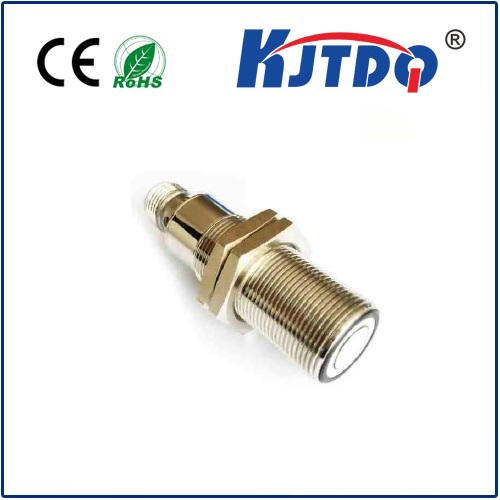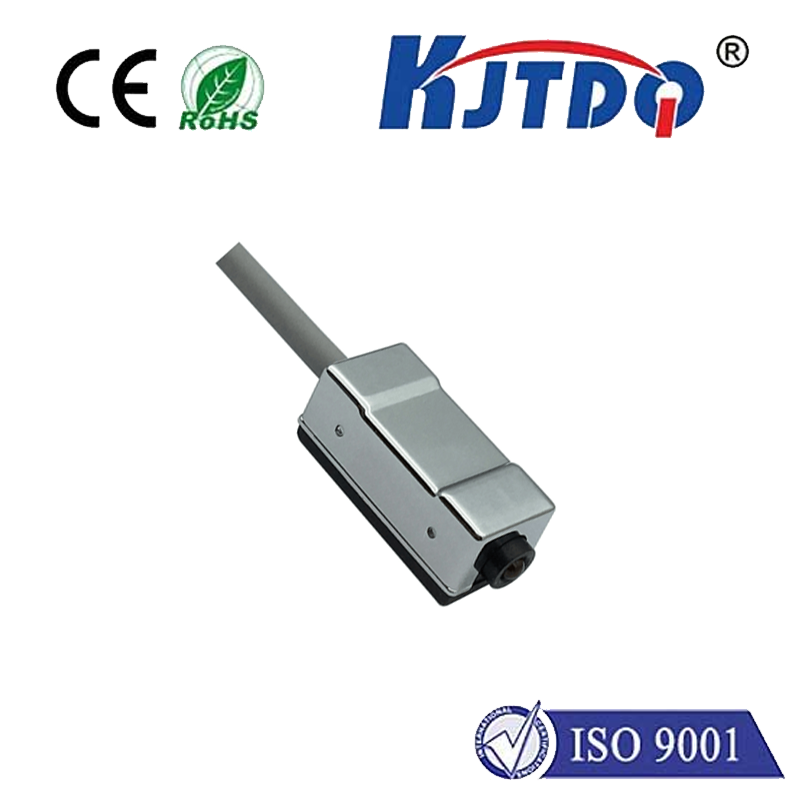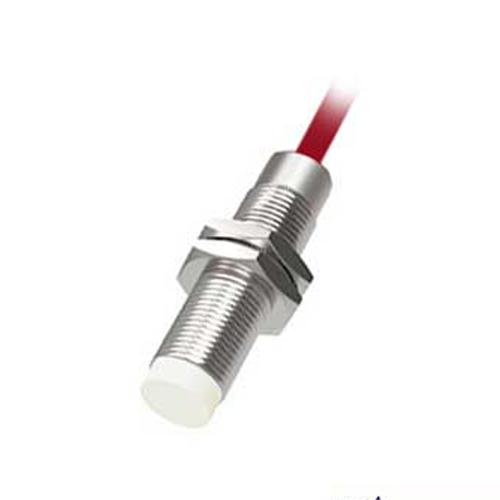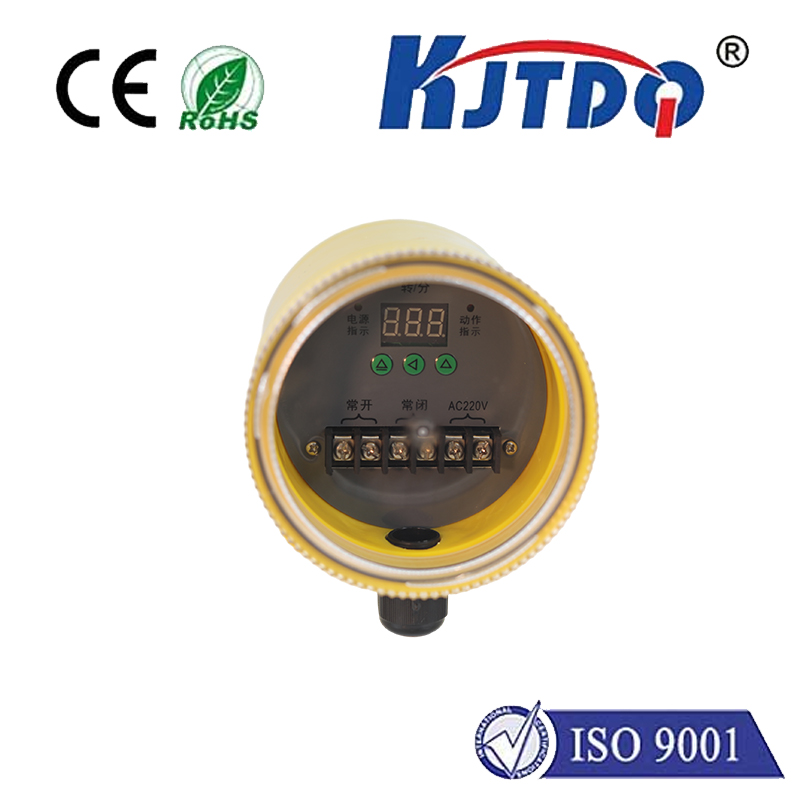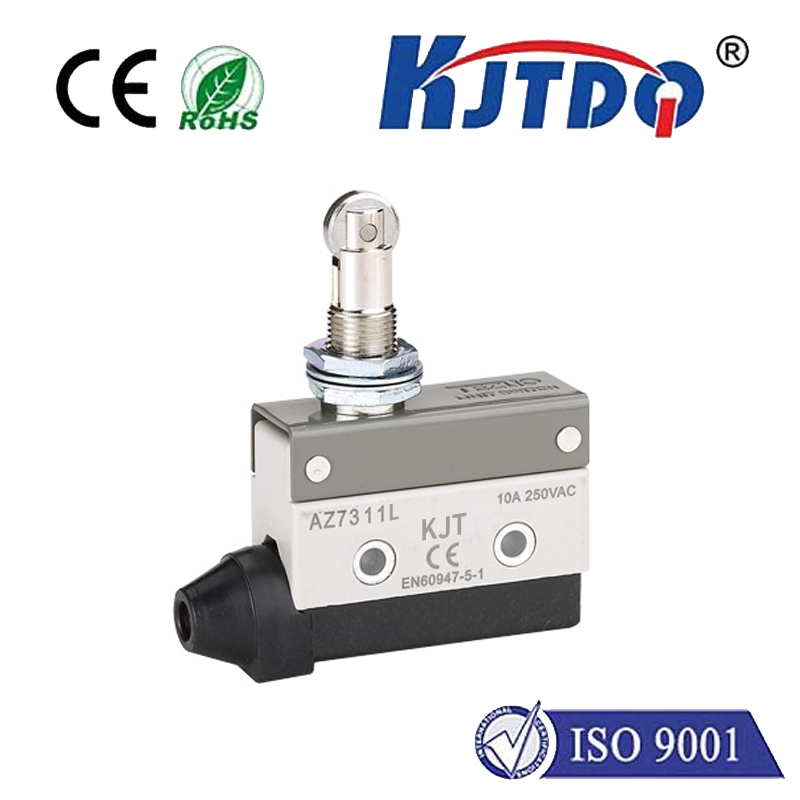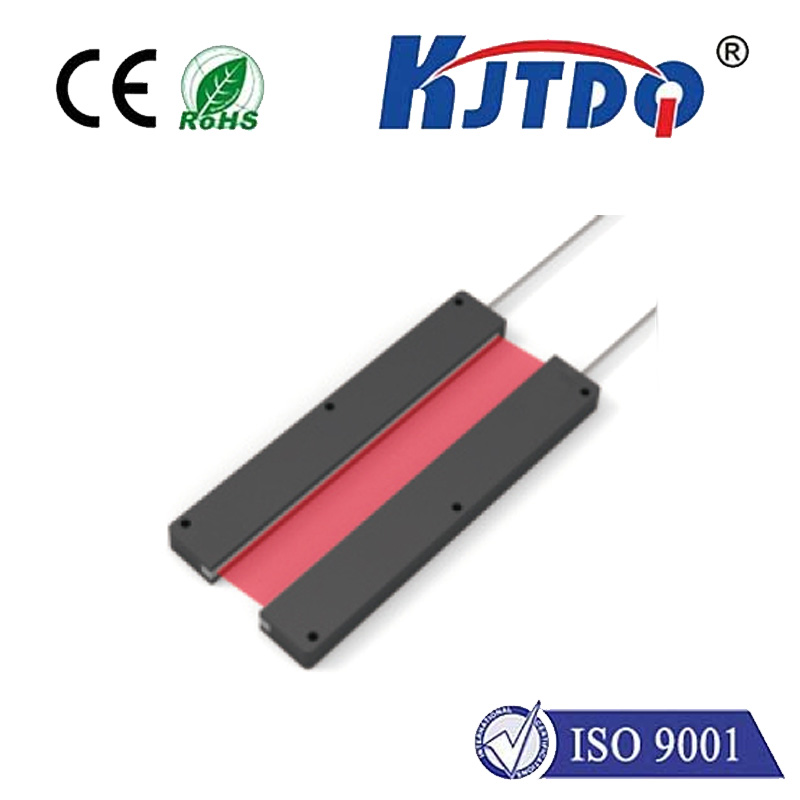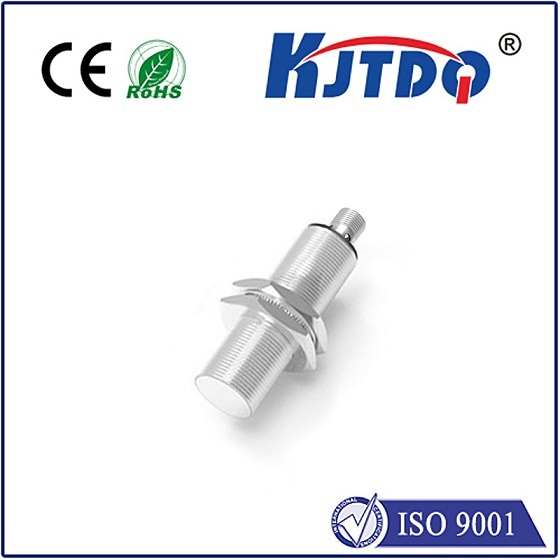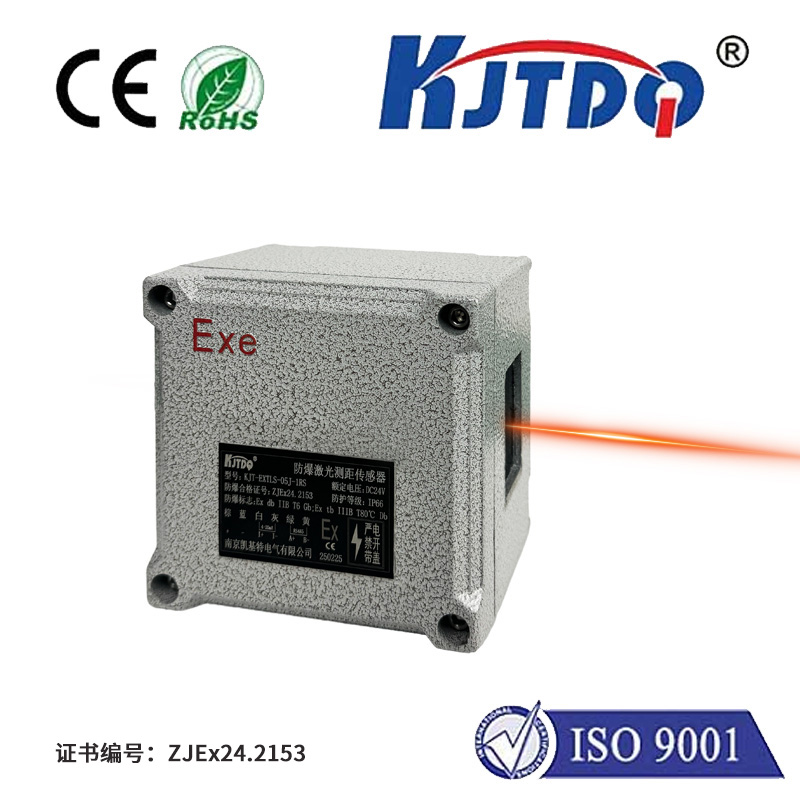

check

check

check

check

check

check

check

check

check

check
The deviation switch is a safety device used to monitor whether the conveyor belt or belt-type equipment has deviation. It usually consists of the following components:
[Deviation Sensor]: The deviation sensor is the core component of the deviation switch and is used to detect the running status of the conveyor belt. The sensor usually includes a trigger or switch. When the sensor detects deviation of the conveyor belt, the trigger will send a signal to the control system, thereby triggering the corresponding protective action.
[Control system]: The control system is the main control unit of equipment using the deviation switch. It receives the signal sent by the deviation sensor and performs corresponding operations according to the set logic and parameters. The control system can be a separate hardware circuit or a software module embedded in the equipment control panel or automation control system.
[Alarm device]: The alarm device is used to send a warning signal to inform the operator that the conveyor belt has deviated. Alarm devices usually include audible alarms, signal lights or displays, etc. These devices can be directly connected to the control system, or triggered by the control system to provide warnings.
In addition to the above core components, the deviation switch may also include some accessories, such as mounting brackets, cable connectors, etc. These accessories are used to install and connect the deviation switch. In specific applications, the components of the deviation switch may be different, and the specific composition and configuration should be determined according to the needs of the equipment and safety standards.
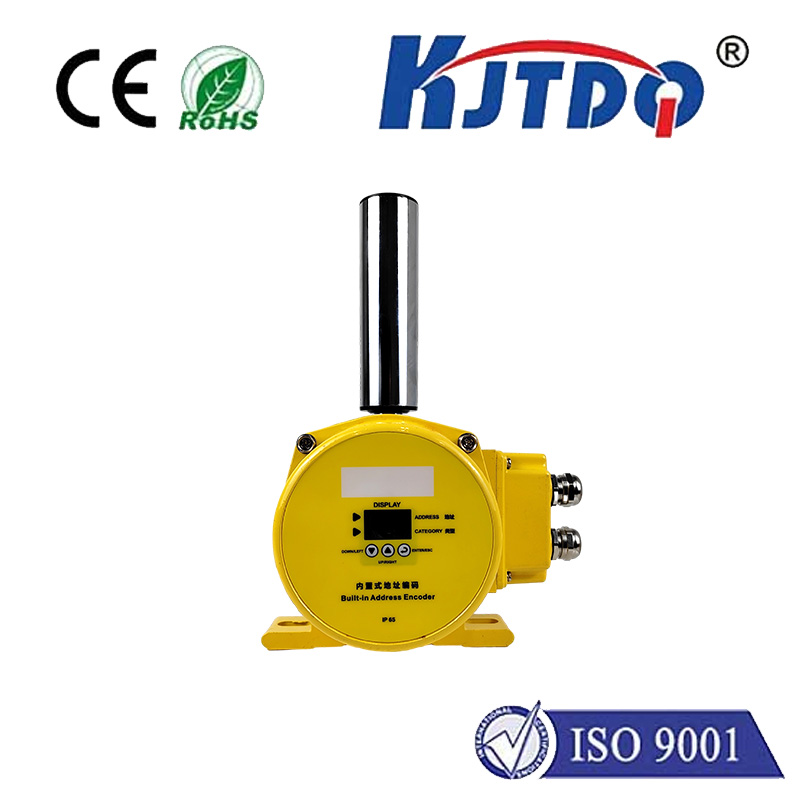
How to install the belt deviation switch?
The deviation protection of the belt conveyor should be used in pairs, 10 to 15 meters away from the nose of the machine. When the slope of the belt conveyor changes, it should be installed in a set of variable slope positions; simple deviation protection only needs to be installed on the nose of the machine. Deviation protection should be fixed on the belt conveyor frame or longitudinal beam with a special bracket to protect the belt deviation of the belt conveyor.

The following are the general installation requirements for belt deviation switches:
· Installation location: The belt deviation switch should be installed at both ends of the conveyor belt. The vertical rollers should be perpendicular to the sides of the conveyor belt, and the two ends of the conveyor belt should be at 1/3 of the height of the vertical rollers.
· Distance adjustment: The distance between the vertical roller of the belt deviation switch and the normal position of the conveyor belt should be between 50-100mm.
· Installation quantity: The number of belt deviation switches is determined according to the length, type and location of the conveyor. Normally, it should be installed at the head, tail, convex arc part, concave arc part and center position of the conveyor.
· Connection and fixation: The belt deviation switch should be connected to the center frame of the conveyor through the equipment bracket. After the conveyor is installed, the switch bracket should be welded to the conveyor frame and the deviation switch and bracket should be bolted.
These installation requirements can provide a general reference, but specific installation steps may need to be carried out according to the specific equipment and manufacturer's instruction manual. Please make sure to read the installation guide of the relevant equipment before installation and install it in accordance with the manufacturer's requirements. Ensuring that the belt deviation switch is installed correctly can improve the safety and stability of the equipment.
